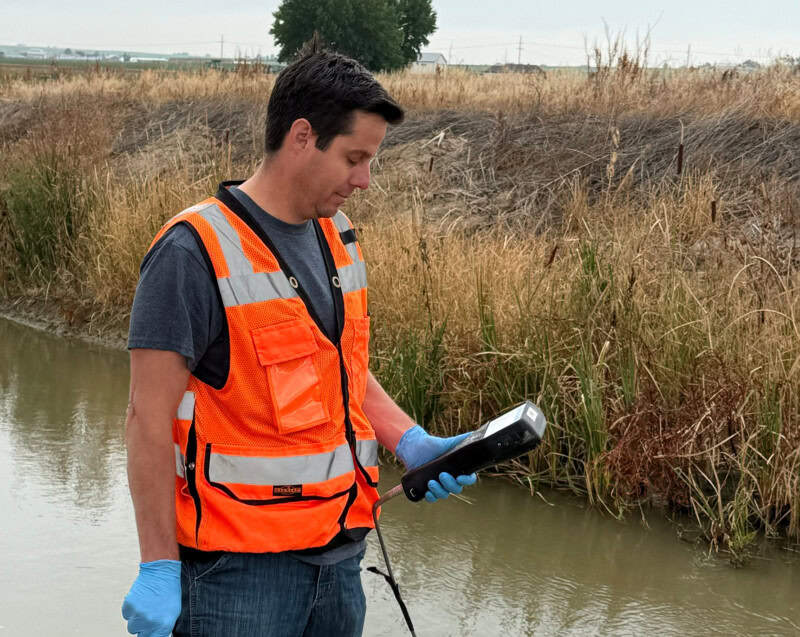As one of CTEH’s data management leads, Anton Avguchenko is responsible for developing, implementing and managing data stream architecture at “emergency speeds.” Along with the technology team, he has created innovative software and mobile applications to significantly improve efficiencies during large-scale responses such as hurricanes, oil spills or hazardous material releases. Read more about his cutting-edge work below:
What do your day-to-day responsibilities entail?
At CTEH, we have dozens of technology systems (i.e., mobile applications, software platforms) that provide insight into our team’s internal and external data collection efforts. As part of the technology team, I’m responsible for monitoring these systems and resolving any technical issues that may come up. I also help field and coordinate requests to compile data reports, create new analytics views or develop new technology solutions to better meet clients’ on-the-ground needs.
CTEH is known for providing rapid, intuitive and efficient software solutions to their clients. Which ones have you helped develop?
In partnership with my colleagues, I’ve helped create dozens of data management systems and mobile applications. Take, as an example, our personnel sampling app, which is widely used during emergency responses. This app helps us capture passive and active samples (i.e., hazardous vapors, substances or particles) that attach to clothing and/or appear in individuals’ breathing zones. We used this technology to collect more than 36,000 personal samples during the Gulf Oil Spill.
Tell us more about your role in CTEH’s disaster recovery services, specifically as it relates to data management.
Last fall, CTEH was called in to help with flood recovery work in Louisiana. While there, we noticed a gap in the data collection process when it came to the repair and recovery of damaged homes. At the time, project managers (PMs) were using spreadsheets to monitor and track ongoing construction. To help save time and money, we developed a new tool called CARBON. The software was designed to document every minute detail of a construction work order. It leverages mobile field data collection and automated workflows to notify sub contractors and project managers with details about the work order and real-time status of progress.With CARBON, small teams of PMs can now oversee hundreds of ongoing projects at the same time, saving significant time and resources. To date, we’ve had 150 users implement the system to manage more than 100 construction projects simultaneously.
Don’t miss Part II of Anton’s CTEH Spotlight. In the meantime, connect with him on LinkedIn.




